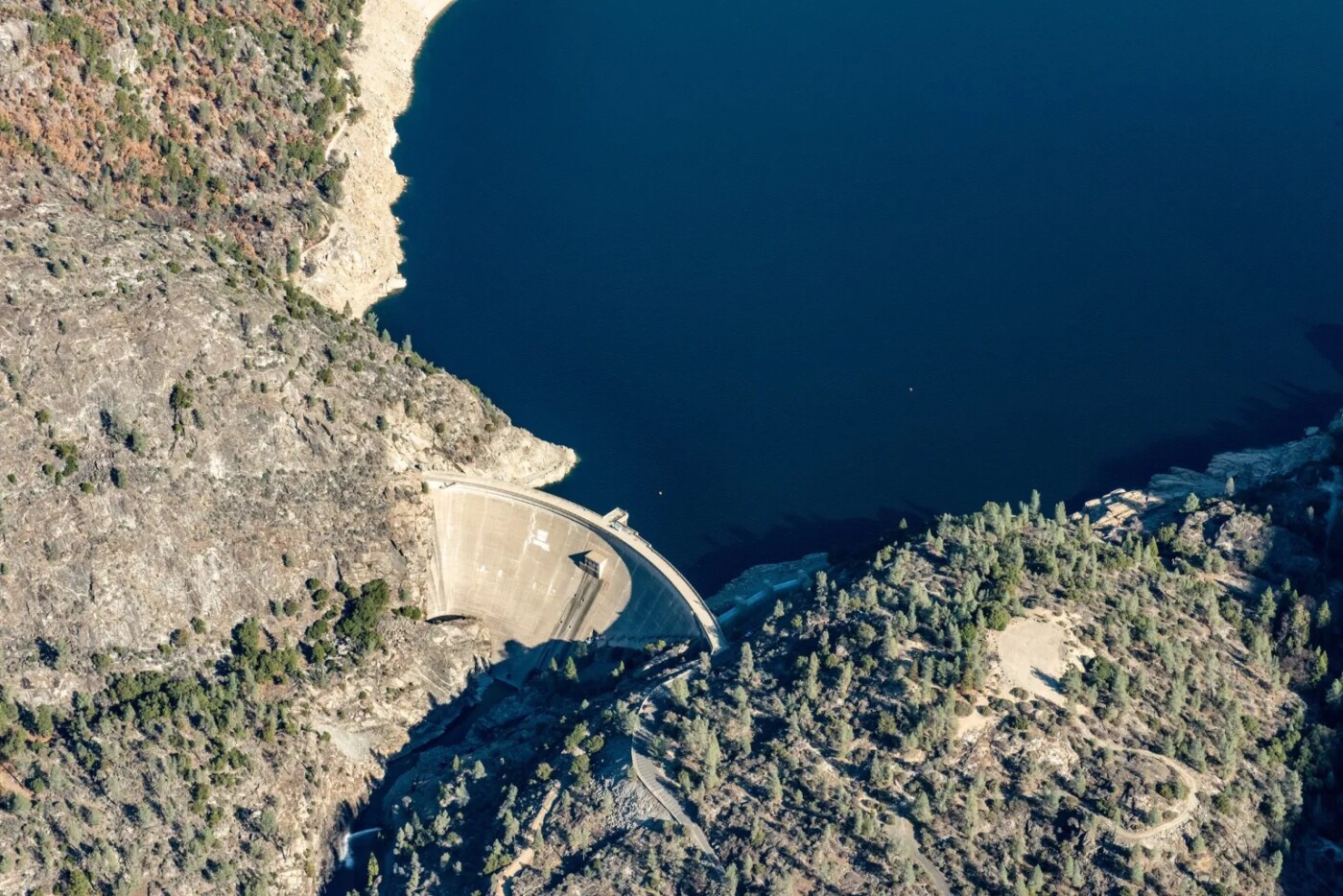The California State Water Resources Control Board has approved a new regulation this week that places conservation requirements on the state’s largest water utilities, urban retail water suppliers that serve 95% of California residents.
Under the new law, there will be a gradual reduction of the amount of water that each of the state’s 402 urban retail water agencies can use between 2027 and 2040. The law does not apply to individuals or households.
Each water supply agency must establish a water budget. Then they must implement commercial, institutional and industrial performance measures. Finally, they must submit regular reports to the Water Board.
Water agencies have flexibility to tailor their conservation strategies around their local needs and climate. Potential penalties for non-compliance could result in the Water Board issuing a civil liability of up to $10,000 on the water agencies. However, the policy is loaded with guidance, best management practices and advisory services to help agencies meet their conservation objectives.
With pressure to avoid rate increases, water suppliers will be encouraging less indoor and outdoor residential water use. They will be aiming for reductions in water for commercial, industrial and institutional landscapes with dedicated irrigation meters. There will be an increase in education and outreach, leak detection, rebates, and direct installation of efficient appliances or landscapes. Big green front lawns will not be the trend in California’s future.
“This is the first regulation in the country to use a water budget to promote conservation,” Nick Cahill, a spokesperson for the Water Board, said in a statement Wednesday. “Actions already underway by suppliers, businesses and residents, combined with the regulation are expected to produce about 500,000 acre-feet of water savings annually by 2040 — enough to supply more than 1.4 million households for a year,” said Cahill.
Not a ‘perfect’ regulation — but a ‘significant’ one
The complex law considers special circumstances.
Water supplier may request variances, or additional water budgets, for unique and significant uses of water, such as uses associated with horses and other livestock, supplementing ponds or lakes that sustain wildlife, evaporative coolers, and irrigating existing trees.
The law includes a bonus for water recycling and a budget variance for watering existing trees. It incentivizes planting new, climate-ready trees. Many disadvantaged communities will have an alternative compliance pathway.
The instigation for the new regulation came in the 2018 Legislature, after the mega-drought that lasted from 2011 to 2017. Gov. Jerry Brown signed Senate Bill 606, which requires the Water Board and the state Department of Water Resources to adopt water efficiency regulations and outline requirements for water suppliers, with specific penalties for violations.
“The goal is to use water wisely and efficiently on a long-term basis. So that when there is a drought, we’re not in a reactive mode,” said Chelsea Haines, regulatory relations manager for the Association of California Water Agencies, which has participated in several years of workshops around the new law.
This is not a perfect regulation. … We can never have a perfect regulation, but it is a significant one and moves us into a direction here into the future that we can all be proud of and that is nation-leading.
Water Board chair Joaquin Esquivel
“We’ve had these governor executive orders that have called for emergency response and a one size fits all approach — hey, everybody, cut your water use by 20%. So this is trying to create more of a long-term framework on how we can be better prepared for drought,” Haines said. “This is trying to create a more customized approach that takes into account efficiency and local conditions and planning, so that we’re better prepared for what we know will be more frequent and prolonged periods of drought with climate change.”
The law falls in line with Gov. Gavin Newsom’s Water Supply Strategy to address the 10% water supply shortfall anticipated by 2040 due to hotter and drier weather conditions. That plan calls for agencies to diversify the number of water sources they use, including water recycling and conservation measures.
“This is not a perfect regulation,” said Water Board chair Joaquin Esquivel after the unanimous vote on Wednesday. “We can never have a perfect regulation, but it is a significant one and moves us into a direction here into the future that we can all be proud of and that is nation-leading.”
The regulation is expected to be in effect by Jan. 1, 2025.
The post State water board passes new law pressuring water agencies to meet conservation goals appeared first on Local News Matters.
